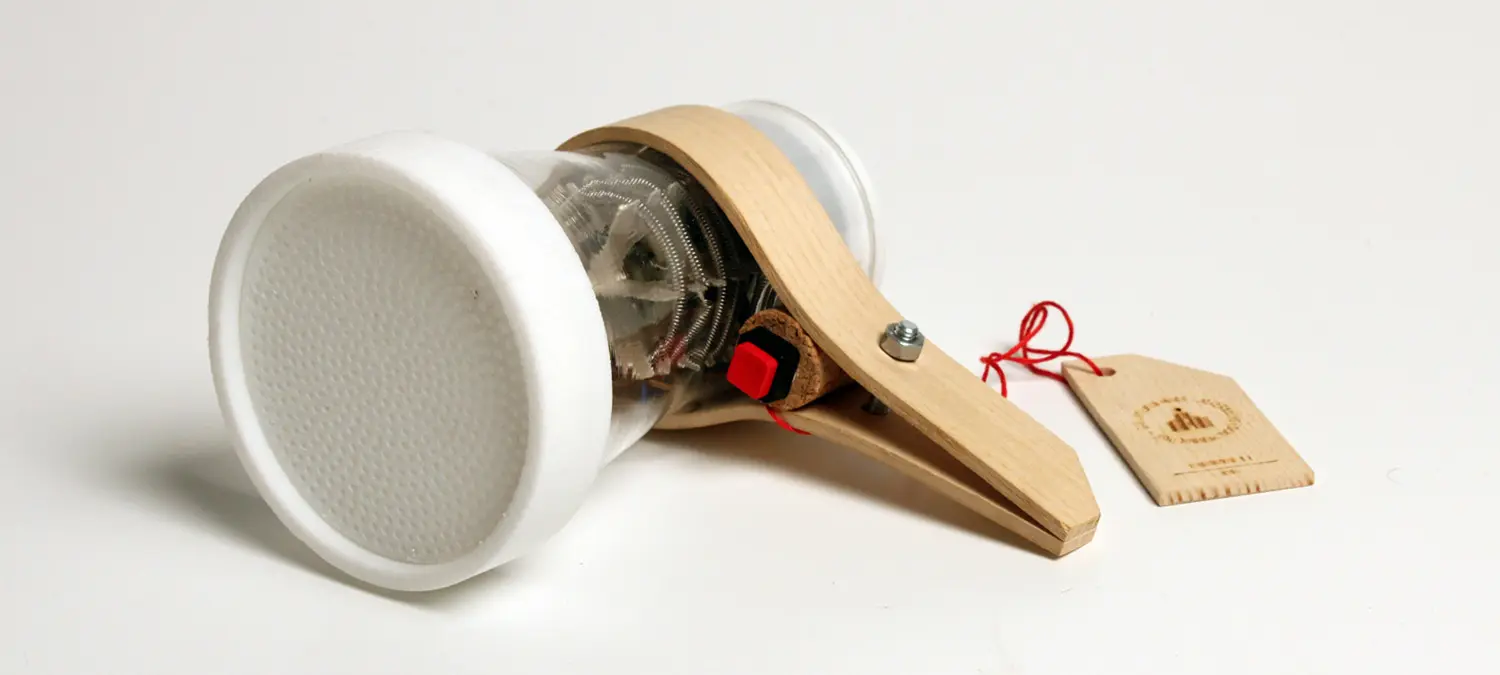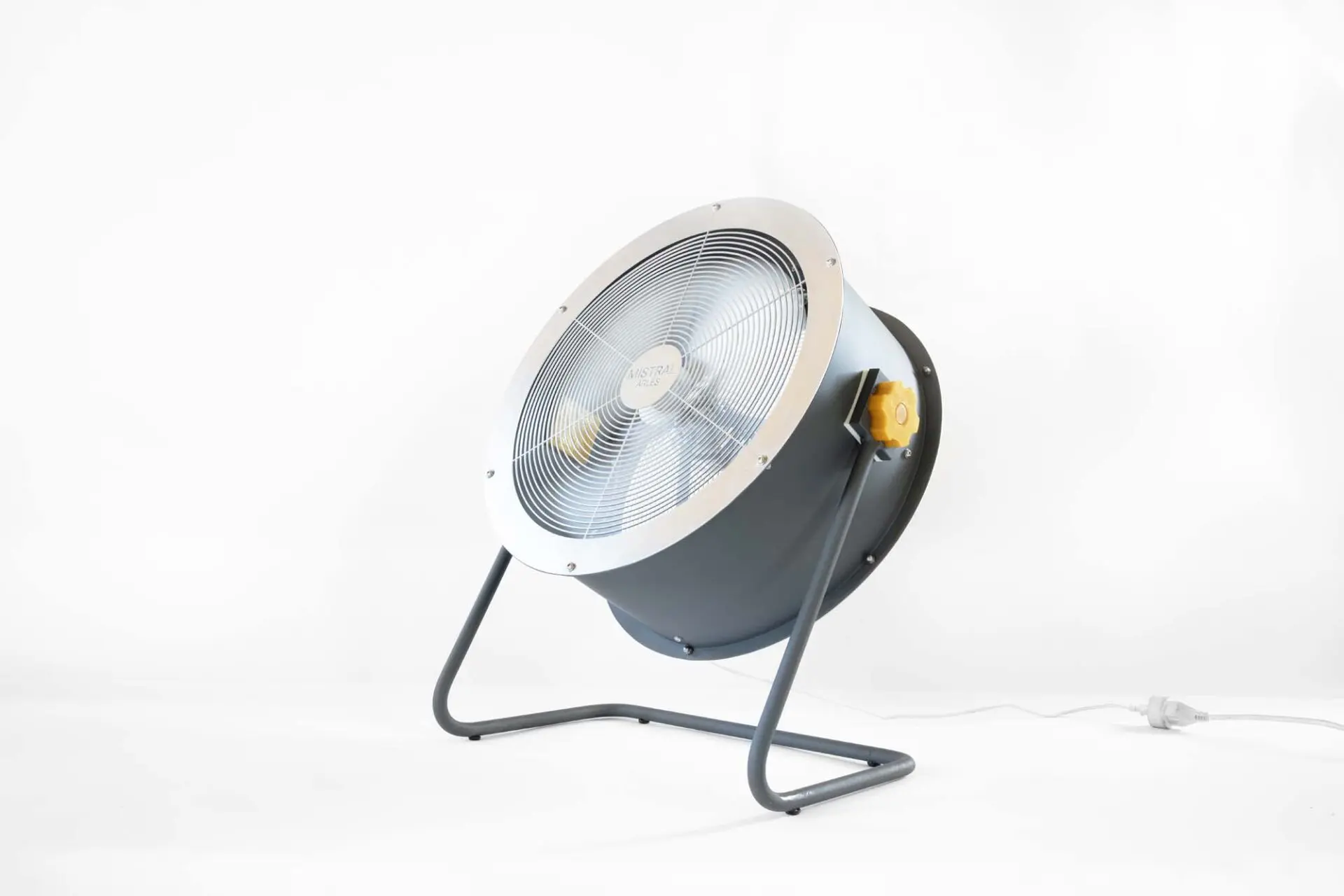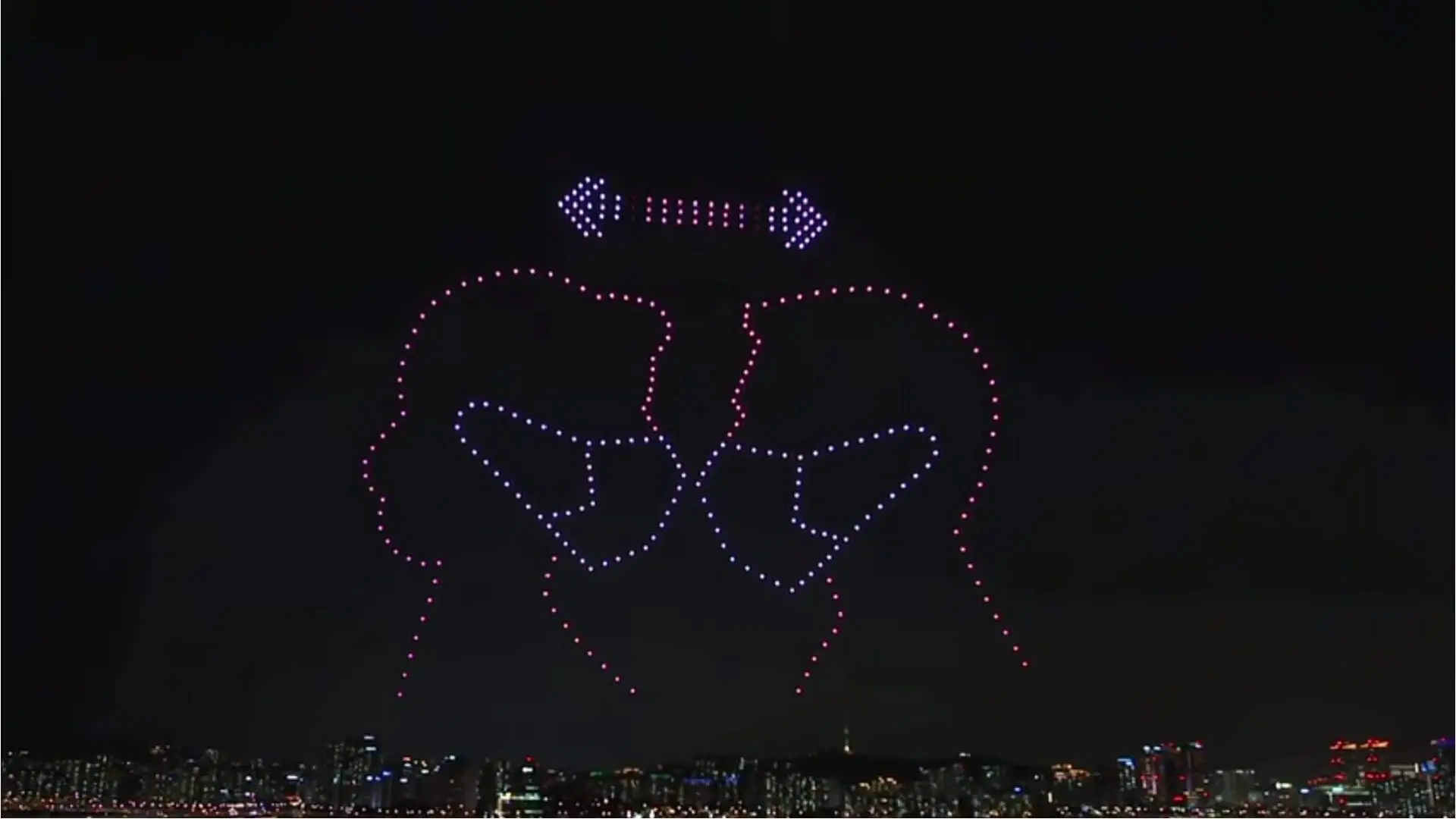Zero Miles: Superlocal maps local production around the world
We met Andrea de Chirico who created Superlocal, a highly localised form of production where objects become a direct representation of their immediate surroundings

Exploring sustainable, small-scale production, Italian designer Andrea de Chirico has developed Superlocal, a global network facilitating the possibility of creating everyday objects locally.
It centers around an online hub, which users can access to view a map of nearby producers that together can create items ranging from stools, tables, lanterns and hairdryers.
The concept was exhibited during Driving the Human: 21 Visions for Eco-social Renewal, a three-day festival held October 15 to 17 at Berlin’s arts center Radialsystem, which proposed far-out ideas for eco-social renewal.
The Superlocal platform centers around a hub that can be used to navigate producers located within a short bike ride from each other in areas including Eindhoven, Rome and London.
“Proximity and variety are the two main criteria”, explains de Chirico.
The aim is to build a stronger bond between consumers and manufacturers, the byproduct of which will be more sustainable production.
“Building stronger bonds between people that work in the same area supports the local economy and makes people aware of what is at their doorstep.
We show that making an object is something that doesn’t always need to happen on the other side of the world.”
The project, which is currently managed in Turin by a team of several designers, started out as a thesis project during de Chirico’s studies at the Design Academy in Eindhoven in 2015 before developing into a series of ‘Production Tours’ in Eindhoven inviting participants on organised tours that introduced them to local producers.
The success of these tours caught the attention of the Design Museum and in May 2016 Andrea was invited to join the Designer in Residence programme, during which he organised a similar tour around West London inviting people to produce a stool.
The tour started with a trip to a local linen supplier, The Cloth Shop, where the fabric sourced would later be used to upholster each stool.
The tour continued onto bespoke furniture maker The Goldfinger Factory, where the reclaimed plywood was sourced and cut, before concluding at creative space Kindred Studios where the reclaimed plywood and charming fabrics were transformed into stools.

Other products currently available on Superlocal include a hairdryer, which is mapped using local producers in Eindhoven.
It is constructed from glass and cork, chosen for their reusable properties and electrical components salvaged from a metal junkyard in the city.
Sustainable materials are something the platform tries to focus on where possible.
“A very nice point of this project is that it forces you to constantly adapt and question your way of working,” says de Chirico.
“The greater number of materials, techniques, and places an object can include, the better: we really believe that sustainability goes hand in hand with diversity.”
“What’s interesting about the hairdryer or the fan is that the industry makes it seem as if these are magical objects but the technology is actually very easy to access and manage.”
[ Read also Driving the Human proposes 21 visionary ideas for a sustainable future ]

It all starts with mapping, which de Chirico explains as a process that occurs both online and off.
This research and development phase involves immersing himself into a neighbourhood or town to contextualise it before deciding on what everyday object would be possible in that area.
“I let the encounters I make along the way inform my design,” he explains.
“I usually start with something in mind which is more like a field of interest – for example, speaking about the south of France I wanted to work in the field of wind related items, a bit as if it was an evolution of the hairdryers.”
“I always have an image of what I would like to achieve in the end, but the journey from the beginning to the end is very much adaptive depending on what the context brings to me.
The seventeen objects made so far are meant to be a family that grows over time, and therefore the newcomers often keep some formal or functional aspect of previous ones.”
The essence of what de Chirico is trying to communicate is that wherever you are, it is possible to find the materials and facilities to create something:

“To give you an example, when we based the production in the Western part of London we knew that the Eastern one would have been more suitable for that kind of initiative, as there are more workshops, studios, production networks and so on.
“We still wanted to do it in the West part though, as the Design Museum is based there. It was nice to see the participants, who came from the East to our workshops with a kind of prejudice about the West. They changed their minds after attending our Production Tour.”
When asked about the future of Superlocal, de Chirico says he and his team are currently working on a long term vision which involves several physical production hubs in different locations.
In October, the designer presented a 1:25 scale model of the first hub, which will be located in Turin.

“Such a place will coordinate the local production lines, which are activated in the neighborhood and will also function as a center for organizing activities, workshops, and classes reaching out and in direct contact with the town’s existing networks.”
“We are going to have a catalogue of everyday products that are available thanks to the presence of specific materials, craftsmen and some hands-on activities connected to them. We believe that knowing the story of the objects encourages a better understanding and awareness around things we use on a daily basis.”
But it doesn’t stop there.
Recognising that the biggest obstacles to realising this vision are access to resources and the expertise of craftsmen around the world, de Chirico wants to build a network of hubs that act locally but are part of a global network.
In doing so, he hopes to support the spread of production techniques around the world, while materials and production can occur locally.

Another obstacle is the cost.
The ‘Superlocal’ hairdryers, for example, cannot compete price-wise with mass-produced models you would find in conventional retailers.
They cost at least five times as much.
In that sense, they are better compared to tailor-made garments rather than items you can expect to find from a supermarket.

Still, the purpose right now is to show that there are other possible paths and to prompt new questions.
De Chirico mentions the possibility of incorporating an educational aspect to the platform, which he calls the ‘Superlocal Academy’:
“We would like to develop the educational aspect of the project with short and long term classes that communicate and pass on our methodology to others.”
“I can see hubs that coordinate lean production lines, which are adaptable according to our clients (universities, maker spaces, companies etc.) and will develop products and workshops together with them.”
“We want this project to turn into a movement of people sharing a certain attitude towards the objects we use daily, and towards production in general.”
[ Read also DIY with Moooi’s latest design No Screw No Glue ]





